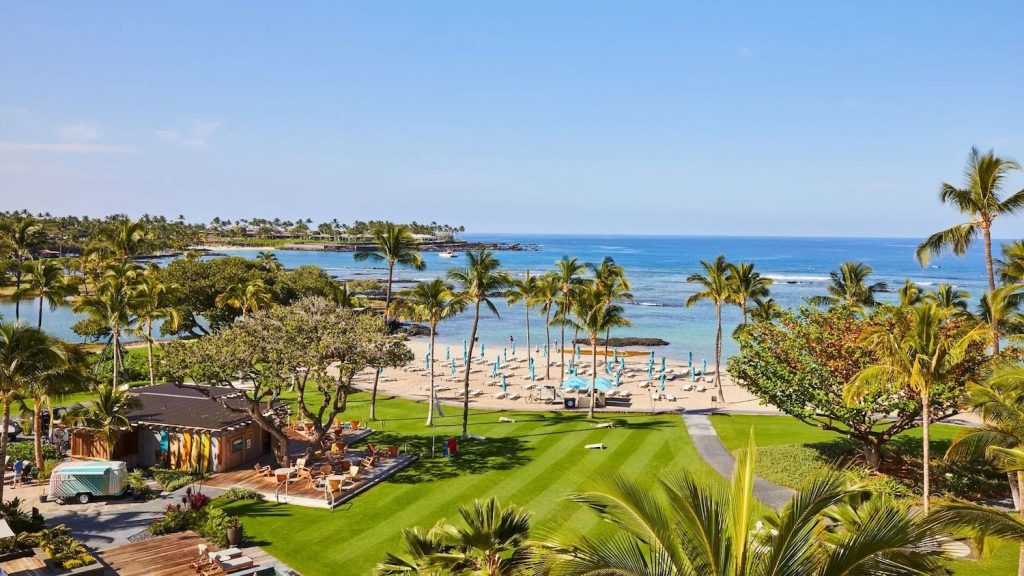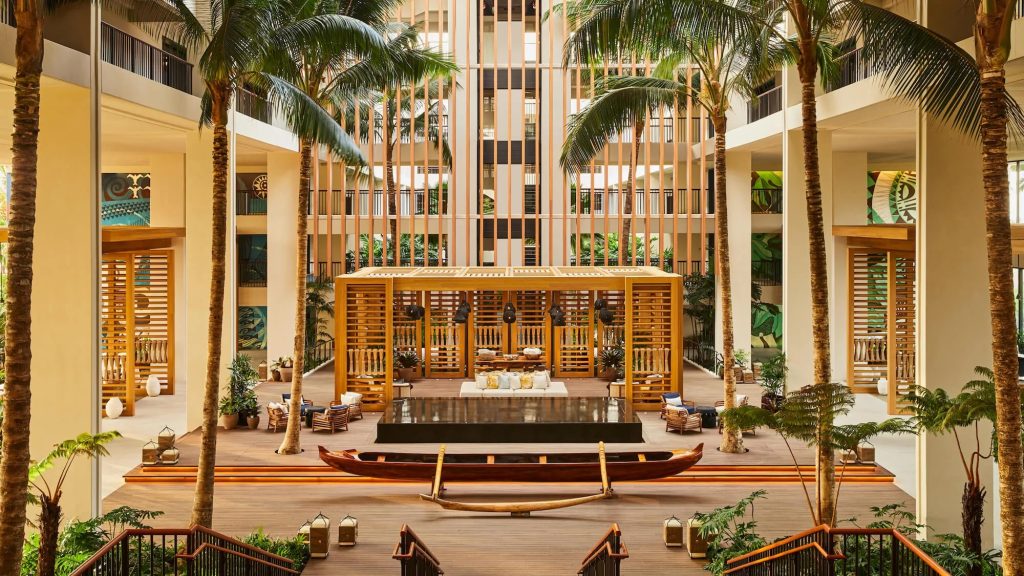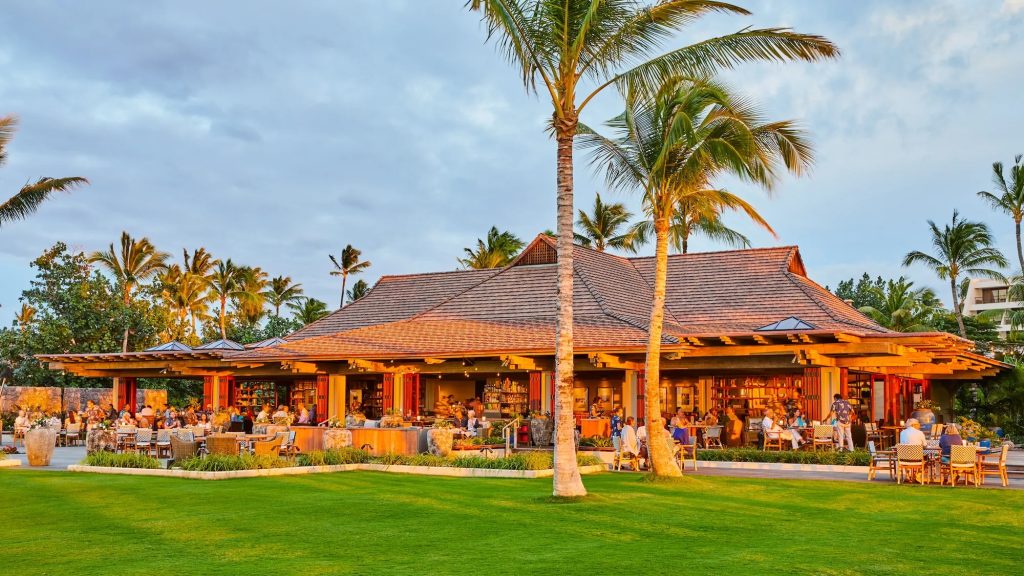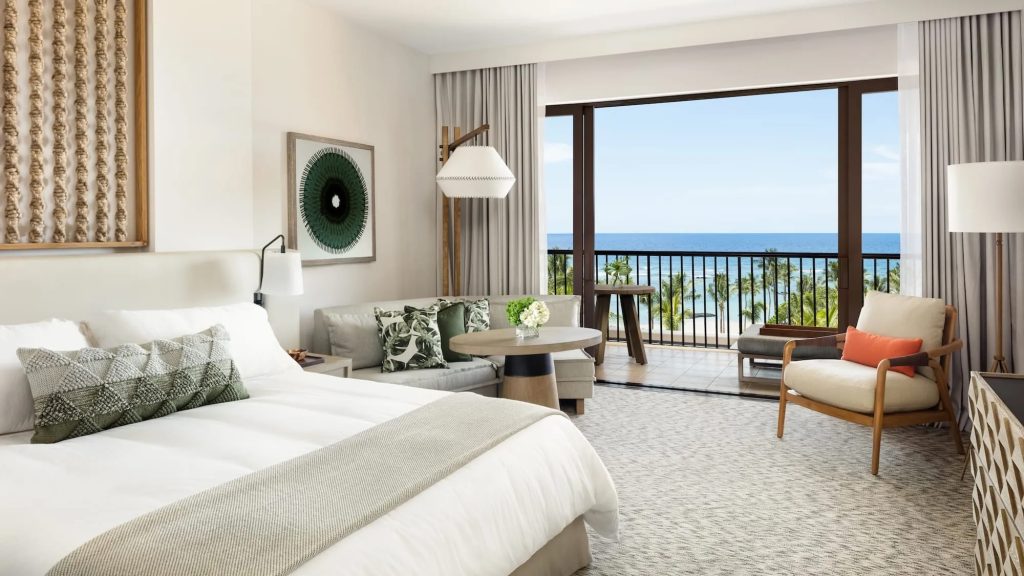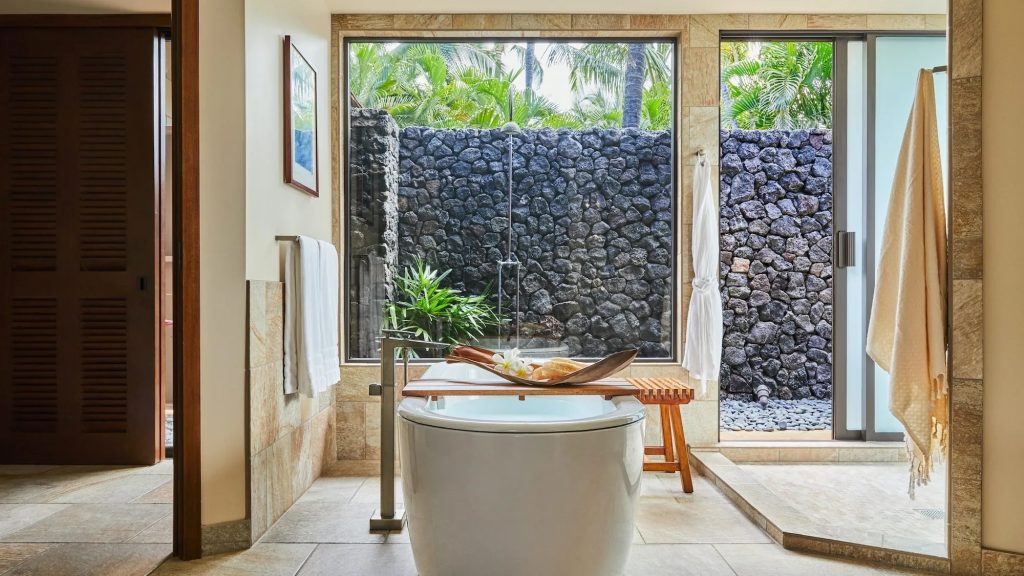

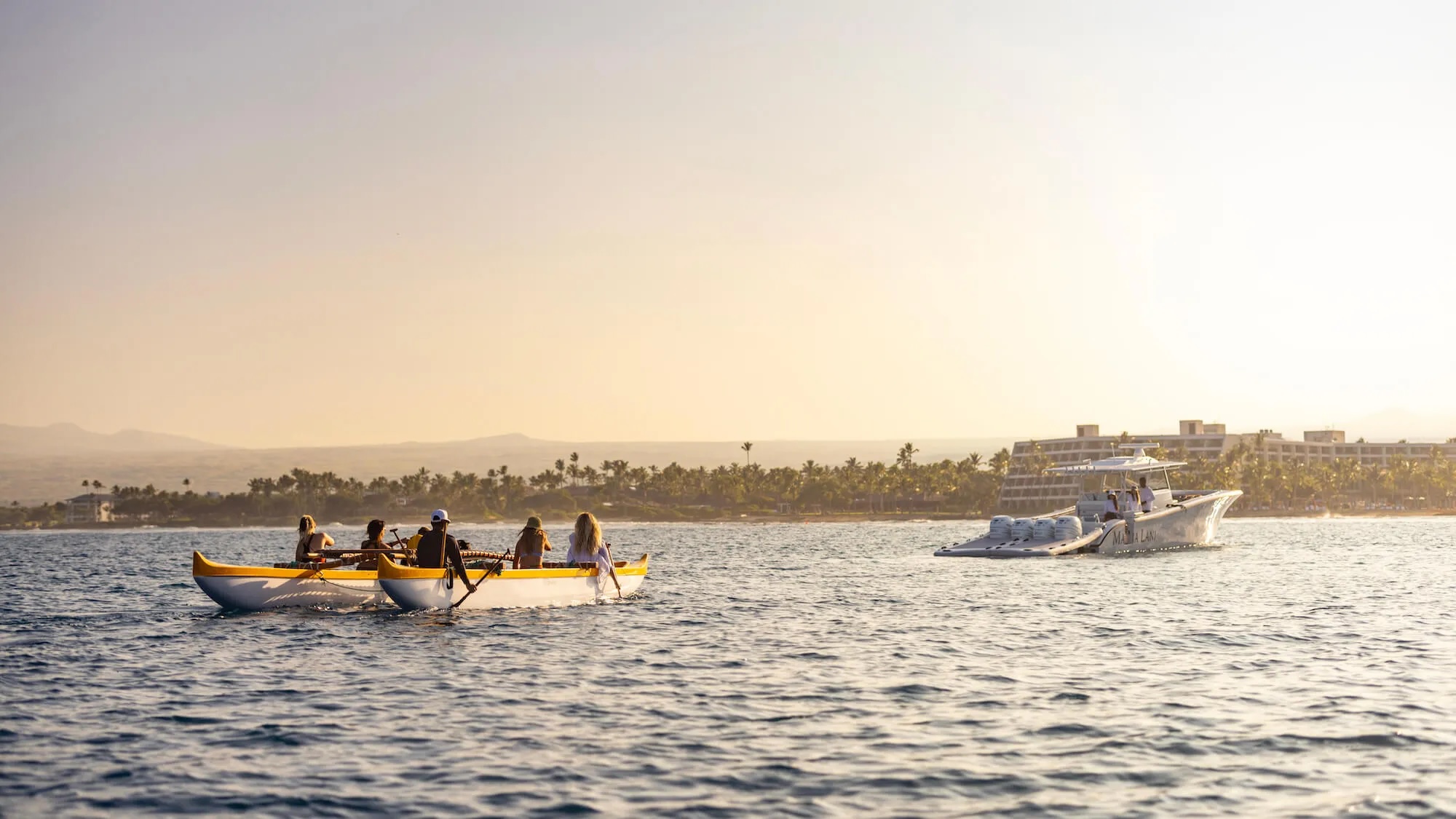
“Keep going! Keep reeling it in!” the captain shouted at me. My right arm was throbbing. I was struggling.
My left thumb ran back and forth across the line, guiding it from side to side to keep it from getting tangled. My other hand gripped the fishing pole, cranking the handle and fighting with my opponent. All eyes were on me.
It had been a long time since I’d grappled with a fish. I first learned how during childhood camping trips to places like Sequoia National Park, Mount Lassen, and Yosemite. I vividly remember watching as my best friend’s dad grilled up our catch each day.
Garlic, butter, salt, and pepper. He always kept it simple, but when I was a young kid, it felt like eating at a five-star restaurant. All the work to prepare the hook and throw the line into the water; the waiting, waiting, more waiting until we finally latched onto a fish—these were the invisible spices that made each bite so delicious.
I remembered those days by the river as I fought with my catch aboard Mauna Lani Resort’s 42-foot Yellowfin sporting yacht off the coast of the Big Island in Hawaii. This wasn’t like the peaceful waters of my childhood days, though—we were trolling the ocean near one of the world’s most dangerous channels, Ka’iwi Channel, a 26-mile stretch between Molokai and Oahu in Hawaii.
“People attempt to swim this every year,” our captain said. “They almost always fail.” Getting here by boat had also proved to be a bit challenging. Most of the other guests had gotten seasick early on and were fighting through nausea. (Pro tip: Take Dramamine, no matter how comfortable you are on the water.)
But I was ready for adventure. As we made our way across the ocean, we heard stories of island life and Hawaiian traditions and culture and learned about deep-sea fishing. And then—we heard it. The click-click-click sound that alerts fishermen that something is on the line.
Everyone rushed to the front as I grabbed onto the large fishing rod attached to the boat. “Back and forth, back and forth. Here, sit on the gunwale,” our captain instructed, pointing to the side of the boat, which would give me added support. “There. Now it’ll be easier.”
“If you need a break, you can tap someone in,” my fellow passengers assured me. Not a chance. I was 13 again, battling with my catch to bring home dinner for the night. Ten minutes later, we pulled out a 15-pound mahi mahi, tossing it into a cooler for later. It was sincerely one of the best experiences I’ve had on my travels.
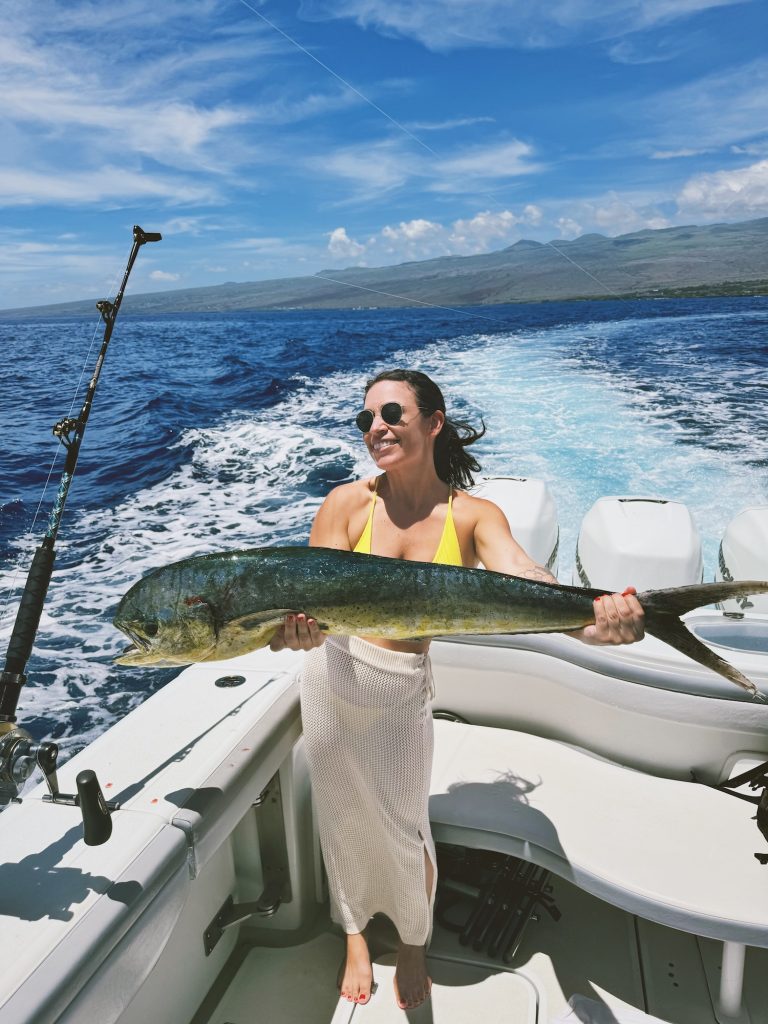
Deep-sea fishing aboard the Kalama Kai is one of the offerings available to guests at the Mauna Lani. The expedition also includes the opportunity to taste your catch (with a chef’s touch) at the hotel’s CanoeHouse. Helmed by executive chef Mark Libunao, the Japanese-influenced farm-to-table restaurant sits on the beach and is surrounded by tiki torches, swaying palm trees, and plenty of outdoor seating.
That night, mahi mahi was the star of the menu. Dish after dish, chef Libunao showcased his craft,using every inch of the fish. We nibbled cold and grilled sashimi, tempura-fried fish sticks, smoked collar, and a mouthwatering fish stew. Eight courses in, we had to wave the white flag—though, with 15 pounds of fish, the kitchen could have kept going.
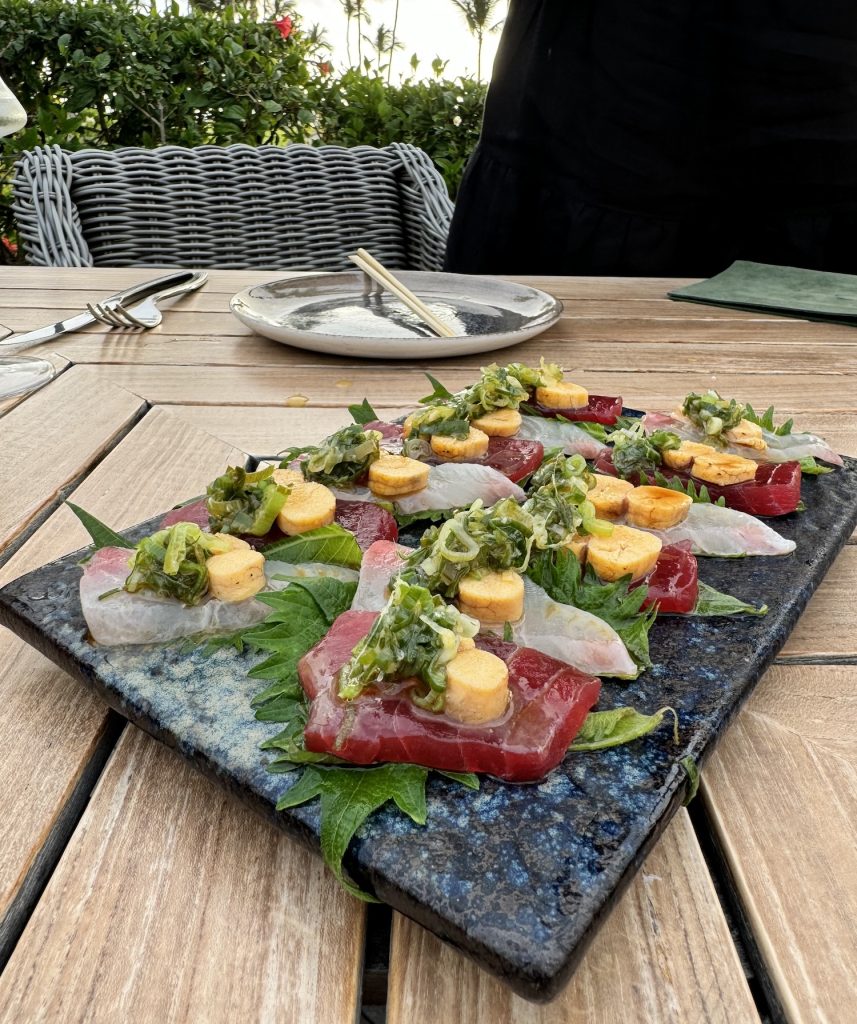
Unlike in my Yosemite days, though, retreating to bed after dinner involved more white linens and oceanfront views and fewer sleeping pads and mosquito nets. Mauna Lani has more than 300 rooms and suites, as well as residences and an estate with accommodations for up to 15 people. While I can’t quite call it grown-up camping, falling asleep to the sounds of the ocean outside of my room offered the kind of nature vacation that I was looking for.
The resort sits along the Kohala Coast, about 30 minutes from the Kona airport, and is one of the island’s most iconic properties. Opened in 1983, it boasts a colorful past marked with notable visitors and celebrity guests such as Elvis Presley and Babe Ruth. In 2018, Auberge Resorts purchased the hotel and put more than $200 million dollars into returning it to its glory days.
Though the property is beautifully revamped, it’s the quiet nature of this hotel that makes it so attractive. There were plenty of guests around during my stay, but everyone seemed to come for a respite from the busy mainland life. Nowadays, it can be hard to have a truly restful vacation—and, truthfully, family-friendly hotels are rarely the place to do so.
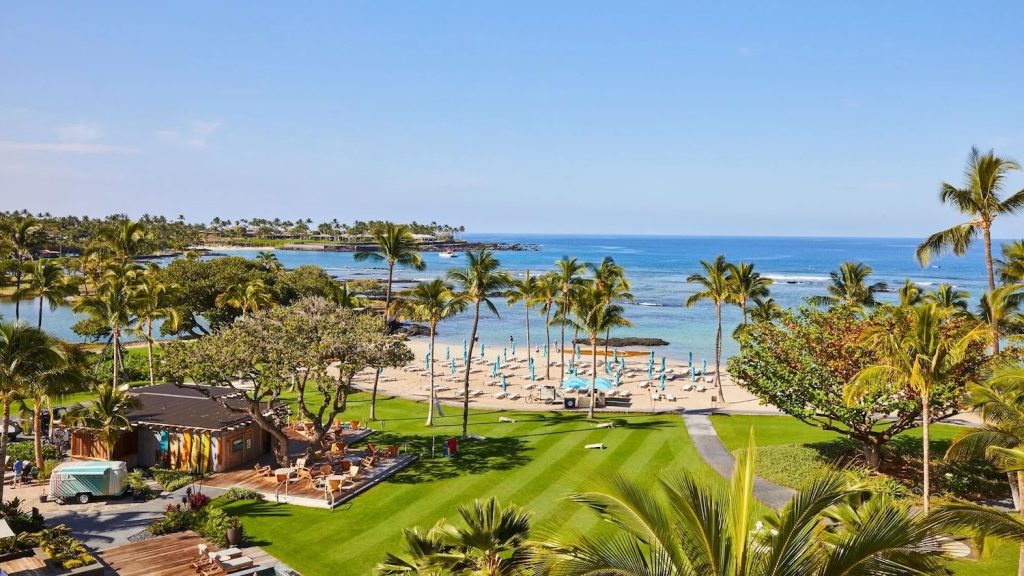
But you get the sense that Mauna Lani’s guests truly understand hoʻomaha—the act of resting, pausing, and actually stopping work. It’s not easy to do, but the hotel’s Goop Glow facial sure helps. The signature spa treatment is exclusive to the resort and is meant to help detoxify, moisturize, and supercharge your skin using Gwenyth Paltrow’s high-end skincare line.
If moving your body is your personal key to unlocking zen, there are plenty of activities to keep you busy. Each week, the property puts out a list of daily offerings, including sunrise canoeing or yoga, pickleball and tennis clinics, plant tours, lei-making classes, kids’ camps, walking tours, and programming that teaches you about the island’s turtles. Or, you can settle into a pool- or beachside cabana and enjoy food and drinks from the Surf Shack.
At the end of the trip, I felt fully relaxed for the first time in awhile. Sometimes, when I come home from a vacation, I find myself craving extra days to recharge before getting back to life. But the resort seems to send some of its peacefulness home with you—I arrived back in California fully refreshed. The only thing on my mind was how quickly I could jump aboard the Kalama Kai for another adventure.
